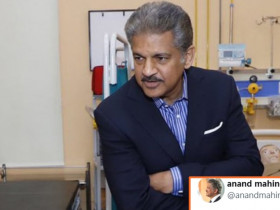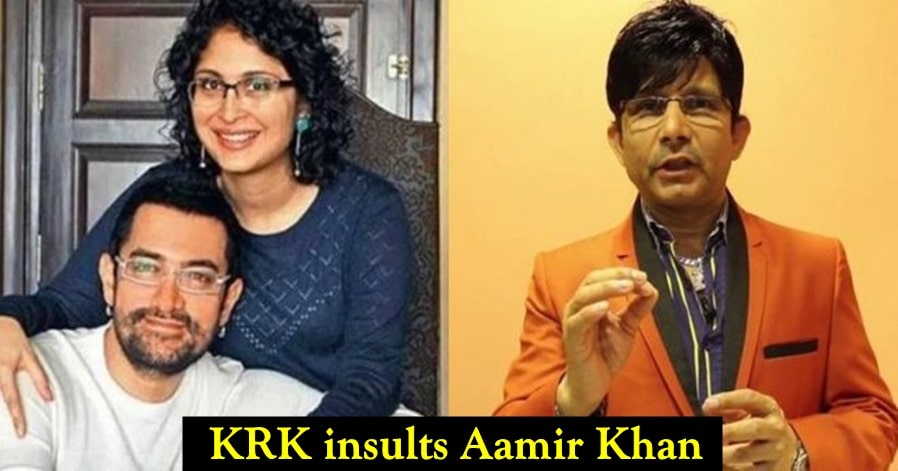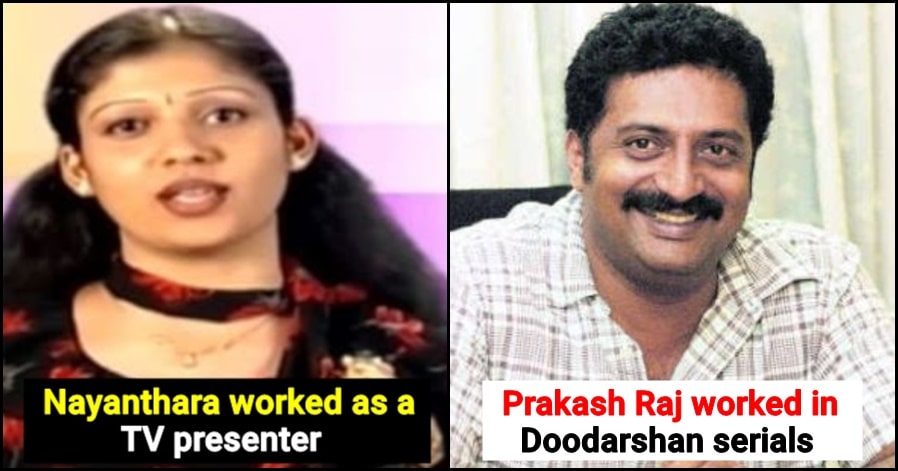No products in the cart.
Massive findings: broken Shivling, damaged Hindu idols at Babri show the Mughals destroyed Ayodhya temple ruthlessly
In a significant development, a five-foot Shivaling, seven pillars of black touchstone, six pillars of red sandstone and broken idols of Devi-Devtas were found at Ayodhya Ram Janmabhoomi temple site. Informing about the findings, Champat Rai, General Secy of Sri Ram Janmabhoomi Tirth Kshetra Trust, said that since 10 days the ground at the site was being levelled and that is when the pillars in the debris and other items were found.
A few months back Indian Prime Minister Narendra Modi announced the formation of a trust to construct a Ram Temple in Ayodhya during his speech in the Parliament. The Supreme Court pronounced its verdict on the Babri Masjid-Ram on 9 November 2019. It was then decided in its verdict that a Ram Temple would be built at the 2.77-acre disputed site in Ayodhya.
“There is clear evidence that Hindus believe Lord Ram was born at the disputed site. Babri Masjid was not constructed on vacant land. There was a structure underlying the disputed structure. The underlying structure was not an Islamic structure,” the bench had said.
Earlier, Uttar Pradesh Chief Minister Yogi Adityanath, on March 25 organised special puja on an auspicious day and shifted Ram Lalla from the makeshift temple in Ayodhya to another a pre-fabricated temple in the same premises. This development came after Yogi administration canceled the Ram Navami mela in wake of coronavirus outbreak. However, due to nationwide lockdown, the public did not make their presence in these rituals. CM Yogi wants to give a massive tribute to Lord Ram, making it the world’s tallest structure and 68 meters above the Statue of Unity.
It has been learnt that a 251m tall Lord Ram statue will be built in Ayodhya which will be the tallest statue in the world. The altitude of the Ram statue will surpass the height of “Statue of Unity” standing in Gujarat. The proposed statue will have Lord Ram holding a bow and arrow, with a quiver on his back.
According to the verdict made by the Supreme Court, the entire disputed area in Ayodhya was handed over to the Hindu parties, after a 40-day marathon hearing.
The court also directed the central government to form a strategy with necessary preparations for the setting up of trust with a board of trustees or any other appropriate body. The apex court granted the central government three months to formulate a scheme for the construction of the temple.
On the other hand, the SC ordered that five acres of land would be allotted to the Sunni Central Waqf Board to build a mosque in Ayodhya.












